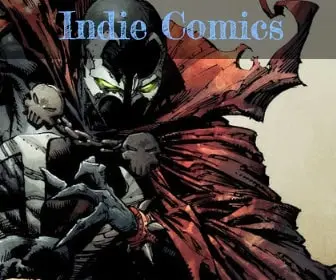
Doraemon: A Timeless Manga Classic
“Doraemon,” the brainchild of Fujiko F. Fujio, is a cornerstone of manga culture, charming readers since 1969. This series, centered around a robotic cat from the future, Doraemon, and a young boy, Nobita Nobi, blends science fiction with everyday adventures. In this post, we explore the enduring appeal of “Doraemon” and its impact on manga and popular culture.
The Story of Doraemon: Doraemon arrives from the 22nd century to help Nobita, a kind-hearted but underachieving boy. With a myriad of futuristic gadgets from his 4D pocket, Doraemon and Nobita embark on adventures, often leading to heartwarming lessons and hilarious escapades. The mix of comedy, life lessons, and sci-fi elements has captured the hearts of audiences worldwide.
Cultural Significance: “Doraemon” has become a beloved icon in Japan, embodying themes of friendship, perseverance, and moral values. Its influence extends into education, where it’s used to teach children about ethics, science, and history. The series has also made significant international inroads, becoming a cherished part of childhood for many across the globe.
Artistic Style and Legacy: Fujiko F. Fujio’s art style in “Doraemon” is characterized by its simplicity and expressiveness, making it accessible to children and adults alike. The series has been adapted into a successful anime series, movies, and merchandise, showcasing its versatility and broad appeal.
Denouement: “Doraemon” stands not just as a manga and anime series but as a cultural phenomenon. Its blend of fantasy, humor, and heart has made it a timeless piece in the world of storytelling.
Closing: As we revisit the adventures of Doraemon and Nobita, we are reminded of the simple joys and profound lessons that manga can bring into our lives. “Doraemon” continues to be a testament to the power of imagination and the enduring appeal of well-crafted stories.











